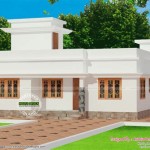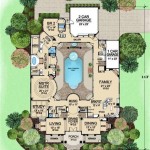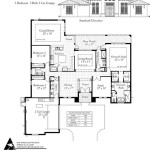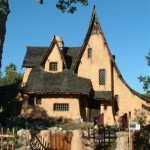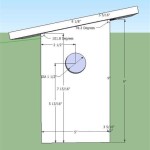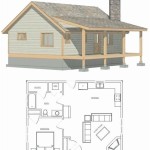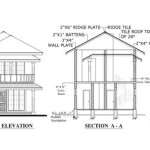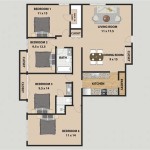Essential Aspects of Single Slope Home Plans
Single slope home plans offer a unique and modern architectural style that combines simplicity, functionality, and aesthetic appeal. These homes feature a single, sloping roof that extends from the front to the back of the house, creating a distinctive silhouette and a spacious interior.
Advantages of Single Slope Home Plans
Single slope home plans offer several advantages, including:
- Efficient Design: The single, sloping roof design simplifies construction and reduces the need for complex framing, making these homes more cost-effective to build.
- Spacious Interior: The high-pitched roof creates a vaulted ceiling, which provides ample headroom and a sense of spaciousness throughout the home.
- Natural Lighting: Large windows and skylights can be incorporated into the design, allowing for abundant natural light to flood the interior.
- Modern Aesthetic: The clean lines and minimalist design of single slope homes appeal to those who appreciate contemporary architecture.
Design Considerations
When designing a single slope home plan, there are several important considerations:
- Roof Pitch: The pitch of the roof determines the height of the vaulted ceiling and the amount of natural light that enters the home.
- Orientation: The orientation of the house on the lot affects the amount of sunlight that the home receives and the placement of windows.
- Window Placement: Windows should be strategically placed to maximize natural light and ventilation while minimizing heat loss.
- Materials: A variety of roofing materials, such as shingles, metal, and tile, can be used to complement the design and provide durability.
Floor Plan Options
Single slope home plans offer a wide range of floor plan options, including:
- Open Concept: Open concept floor plans feature a seamless flow between the living room, dining room, and kitchen, creating a spacious and inviting atmosphere.
- Split Level: Split level homes have different levels separated by a few steps, providing privacy and separating public and private spaces.
- Multi-Story: Multi-story homes incorporate multiple levels, maximizing space and offering scenic views from the upper floors.
Customization Options
Single slope home plans can be customized to meet your specific needs and preferences. These customization options include:
- Exterior Finishes: Choose from a variety of exterior finishes, such as siding, brick, or stone, to create a unique and stylish facade.
- Garage: Incorporate a garage into the design for convenient parking and storage.
- Decking or Patio: Extend your living space outdoors with a deck or patio that provides a place to relax and entertain.
- Smart Home Features: Integrate smart home features, such as automated lighting, heating, and security systems, for added convenience and efficiency.
Single slope home plans offer a modern and functional approach to residential architecture. By incorporating the essential aspects discussed above, you can create a home that meets your unique needs and style preferences.

Single Sloped Roofs Ramp Up Modern Homes

Plan 43939 Modern Mountain House With Window Wall

House Plans Home Custom

Single Sloped Roofs Ramp Up Modern Homes

Shed Roof House Plans Floor Designs Houseplans Com

Slanted Single Pitch Shed Roof House Plans Floor

Single Slope Metal Building Barndominium Org

Buy Single Roof House Plan Eplan

Brennan Custom Single Slope Floor Plan 2560 Barndominium Plans

Shed House Plans Functional And Contemporary Homes

